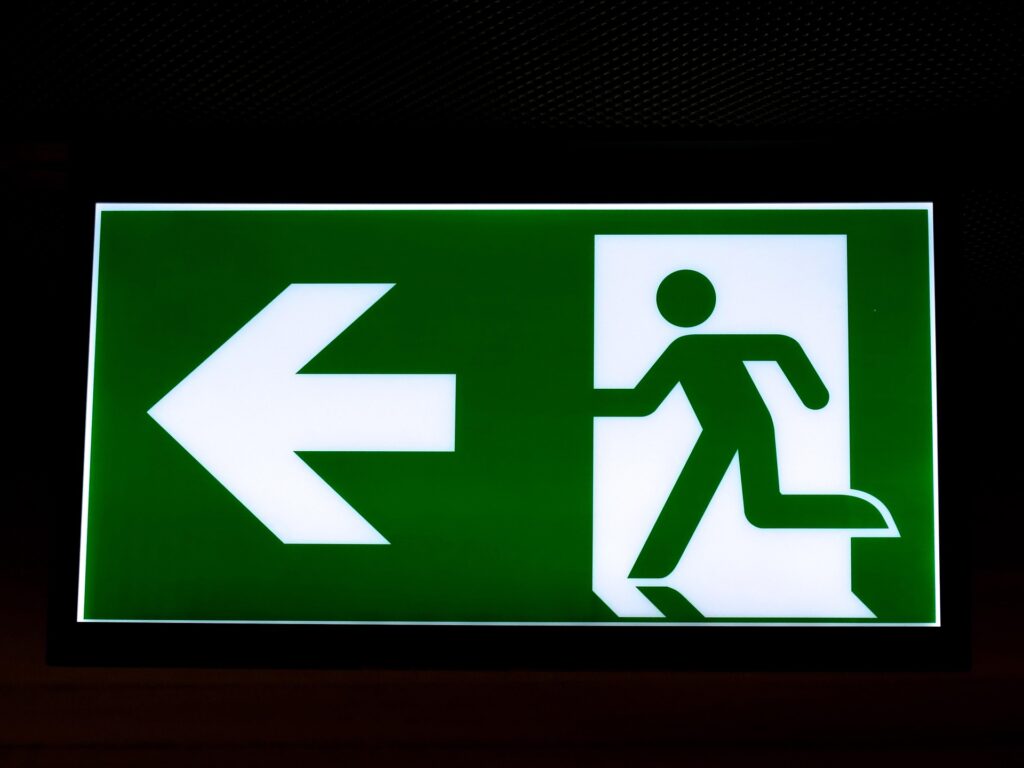
Life is unpredictable. A sudden job loss, medical emergency, or unexpected car repair can throw your finances off track. This is why an emergency fund is a must—it acts as a financial safety net, keeping you stress-free when life throws surprises your way.
But how do you start from scratch, especially if you’re living paycheck to paycheck? Don’t worry! In this guide, we’ll walk you through simple and practical steps to build an emergency fund, no matter your income level.
What Is an Emergency Fund and Why Do You Need One?
An emergency fund is a dedicated amount of money set aside for unexpected expenses. Unlike your regular savings, this money should be easily accessible and used only for true emergencies, such as:
✔ Medical expenses
✔ Car or home repairs
✔ Job loss or pay cuts
✔ Urgent travel needs
Without an emergency fund, people often rely on credit cards or personal loans, leading to debt. Having cash reserves gives you financial security and peace of mind.
How Much Should You Save?
The ideal emergency fund should cover at least 3 to 6 months’ worth of expenses. But if you’re starting from scratch, don’t get overwhelmed—start small and build up gradually.
A Realistic Savings Plan:
💰 Begin with ₹10,000 – ₹20,000 as an initial goal
💰 Then aim for 1 month of expenses
💰 Slowly increase it to 3-6 months’ worth of expenses
The key is consistency. Even saving ₹500-₹1,000 per month makes a big difference over time!
Step-by-Step Guide to Building Your Emergency Fund
1. Calculate Your Monthly Expenses
Before you set a savings goal, you need to know how much you spend. Track your expenses, including:
✔ Rent & utilities
✔ Groceries & household essentials
✔ Transportation costs
✔ Loan EMIs & insurance premiums
Knowing your expenses helps you set a realistic savings target for emergencies.
2. Open a Dedicated Emergency Fund Account
🚀 Where to Keep Your Emergency Fund?
- High-Interest Savings Account – Allows easy access while earning some interest
- Fixed Deposits (FDs) with Premature Withdrawal Option – Good for disciplined savings
- Liquid Mutual Funds – Ideal for slightly higher returns while keeping funds accessible
Avoid keeping emergency savings in your regular account, as you may spend it on non-emergencies.
3. Start Small & Automate Savings
The easiest way to save is automating the process. Set up an automatic transfer from your salary account to your emergency fund.
💡 Example:
If you save ₹3,000 per month, you’ll have:
✅ ₹36,000 in a year
✅ ₹1,80,000 in 5 years
Even if you start with ₹500 per week, you’ll build a strong fund over time!
4. Cut Unnecessary Expenses & Redirect Savings
If saving seems difficult, look for small ways to reduce spending and redirect that money.
🔻 Cut These Expenses:
❌ Unused subscriptions (streaming services, gym, magazines)
❌ Frequent dining out & expensive coffee runs
❌ Impulse shopping
🔺 Redirect to Savings Instead!
✅ Cook meals at home
✅ Use public transport or carpool
✅ Buy only what you truly need
Small lifestyle changes can free up money for your emergency fund!
5. Earn Extra Income for Faster Savings
If you’re struggling to save, consider side income sources like:
💰 Freelancing (writing, designing, tutoring)
💰 Selling unused items online
💰 Doing part-time or weekend gigs
Every extra rupee saved brings you closer to financial security.
6. Use Your Emergency Fund Wisely
Your emergency fund is for REAL emergencies only. Ask yourself before withdrawing:
❓ Is this an unexpected and urgent expense?
❓ Do I have no other financial options?
DON’T use it for:
❌ Shopping sales & gadgets
❌ Vacations & luxury items
❌ Regular monthly expenses
Use it wisely and replenish it as soon as possible after withdrawal.
Final Thoughts
Building an emergency fund from scratch may seem challenging, but with small steps and consistency, you can do it!
✅ Start small, even ₹500-₹1,000 per month
✅ Automate savings so you don’t forget
✅ Cut unnecessary expenses and find extra income
✅ Keep it separate & use it ONLY for true emergencies
Your future self will thank you for this financial safety net. Start today, and take control of your financial security! 🚀
